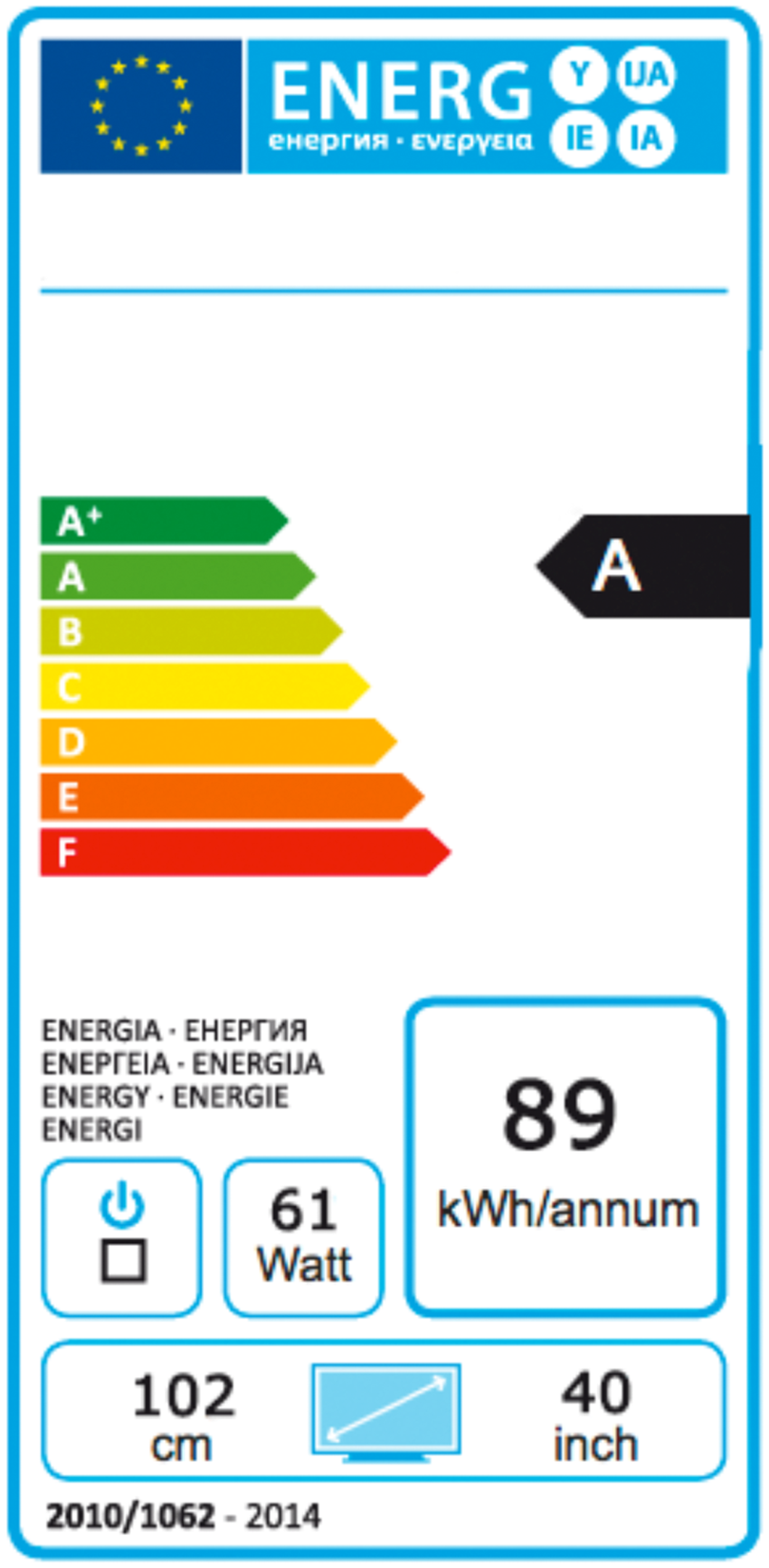Appliancegate: The energy efficiency fraud
When consumers buy a product, a key question is “how much does it cost?”. For washing machines, fridges, tumble driers, etc, the cost consists of the purchase price, and ongoing energy use. Eg. “$800 + $0.50 per wash/dry cycle”.
To enable consumers to make a suitable choice, most countries require a label helpfully informing the consumer of this ongoing cost:

So imagine my surprise to find that cheating on these energy efficiency metrics is widespread. So widespread in fact, that very few devices will even get close to the energy efficiency they claim.
Lets see how manufacturers do this.
Only optimising the happy path
Exhibit 1. Siemens iq500 heat pump tumble dryer.
Claim: 7kg of laundry dried using 1.85 kwh.
Reality: Yes, it does. But if you try to do a 2nd load, the second load will use nearly double the energy!!
Why? There is a thermometer in the innards of the machine. If the machine is still slightly warm from the previous use (over 29 celcius) when started, then the machine runs in a special mode which uses 3.1 kwh of energy and nearly an hour longer. It does this by forcing the cooling fan to stay on the whole time rather than being only on when needed.
Whats the real world effect: Stopping the machine to add one sock… doubles energy use. Doing two washing loads in a day… doubles energy use… Even having it in a hot house in summer… doubles energy use.
Deceive the user about the options
Exhibit 2. Samsung washing machines.
Claim: 8kg of cotton washed at 60C.
Reality: 8kg of laundry gets washed, but the water remains cold!
Why? The rules don’t say that the “60C” setting on the front of the machine actually needs to do the washing at 60C. Instead the machine puts a few drips of water in, heats those to 60C, then fills the rest up with cold water. The actual wash temperature on my machine was 21 celcius.
Whats the real world effect: People get worse washing performance than they expected. Also, if they set the machine to another mode, like “mixed fabrics”, suddenly the 60C is honoured as expected!
Test in unrealistic conditions
Exhibit 3. Smeg dishwashers
Claim: Eco wash uses 1.8 kwh
Reality: Eco wash uses 2.4 kwh
Why? The tests appear to be done with plastic plates, knives and forks that are thin and lightweight, therefore not taking much energy to heat. I suspect the machine was also mounted at an angle to force it to fill with less water to get the advertised energy use.
Whats the real world effect: People use regular crockery, glasses and silverware in the machine, and therefore don’t see the energy use promised.
Whats the answer
This is just like dieselgate… The manufacturers are sticking to the wording but not the spirit of the rules. They are morally cheating.
Governments need to require markings to say the typical energy use, and they need to do spot checks in the homes of real people. If manufacturers devices consistently underperform, then the manufacturer should be fined at least the cost of the extra energy for all the machines sold for their entire service life.